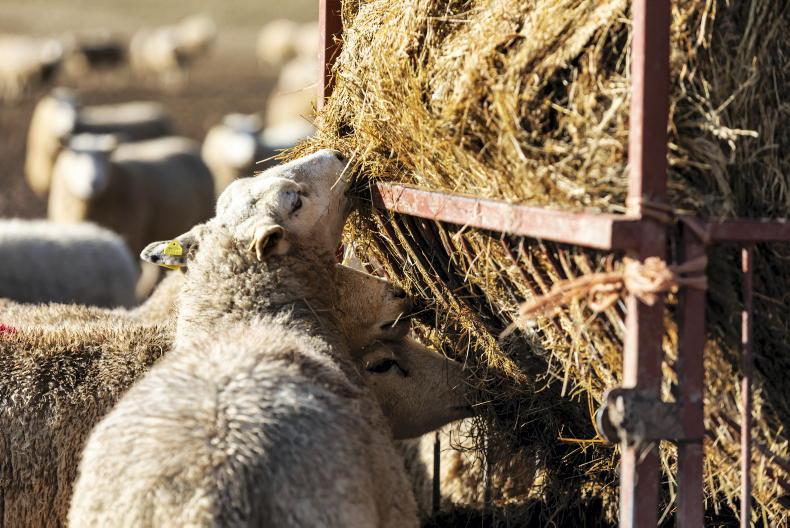The mild autumn allowed many farmers to hold cattle at grass until November.
As fields need a six to eight weeks between grazing and soil sampling, late December is a good time sort this job.
When it comes to soil sampling, outlined are five tips to keep in mind.
1. Leave a suitable time gap between grazing and sampling
Taking samples on fields too soon after grazed will give a false reading. Soil fertility can be distorted by urine and dung from cattle.
Therefore, leave at least six weeks before taking samples, but preferably eight to 10 weeks. This should allow fields grazed in November to be sampled before the slurry window opens again.
2. Do I need a specific soil sampling kit?
You can buy, or borrow, purpose made soil coring tools. But it is not necessary. A spade, bucket, plastic sample bags and permanent marker are all the tools you need.
3. Soil sampling method
Walk across the field in a zig zag or random pattern, taking soil cores every 10 to 15 steps. Don’t walk in a straight or concentrate on one specific part of the field.
Also, do not sample areas with dung pats. Similarly, avoid areas where creep feeders, meal troughs or ring feeders sat. You should work from the end of the field to the other, and one side to the other.
Use the corer or spade to take samples, which should be around 5cm to 10cm in depth. Place each sample in the bucket.
When the field is sampled, mix the cores in the bucket. Fill a plastic bag, then seal and label with the field name.
4. Sampling larger fields
As a rule, the maximum sample area should be limited to around 10 acres. If fields are bigger than this area, take multiple samples within the same field to get accurate results.
5. Sampling smaller fields
Similarly, there will be plenty of smaller grazing fields around one to two acres in size. If these fields are similar in soil type, located side by side and get the same fertiliser treatment, they can be grouped together for sampling to cut costs.










SHARING OPTIONS